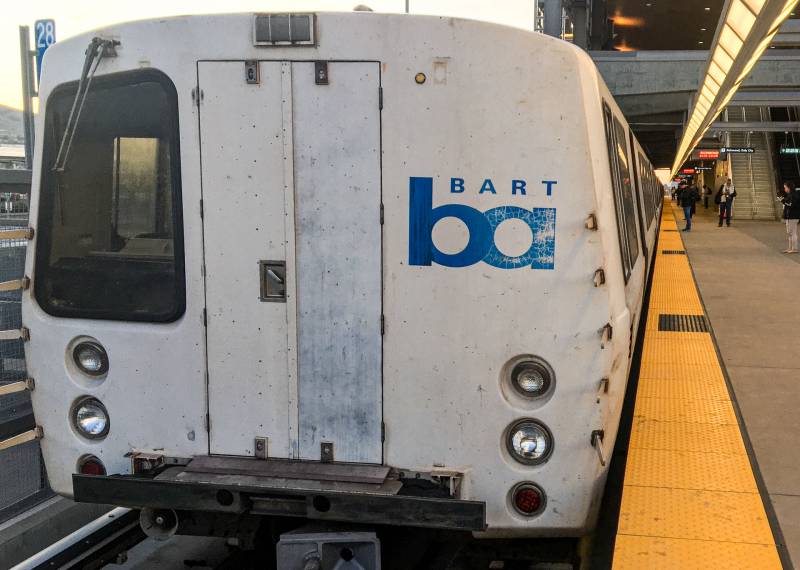BART directors are about to get a close look at the ugly fiscal realities facing the agency due to the coronavirus crisis — including the likelihood of hundreds of millions of dollars in revenue shortfalls and a long, slow process of regaining lost ridership.
During the board's Thursday meeting, the transit agency's managers plan to present a stark picture of what the district faces over the next 15 months and beyond: a $173.5 million gap between revenue and operating expenses through the end of the current fiscal year, which ends June 30, and a best-case scenario for the next budget year in which the agency suffers a further $258 million operating deficit.
That yawning budget gap, like those confronting virtually every other transit agency in the region, is due mostly to the abrupt collapse of ridership after Bay Area residents were ordered to begin sheltering at home last month when the coronavirus outbreak took hold. On Monday, BART recorded just 24,909 paid exits from its stations, down 94% from the average non-holiday Monday in February.

